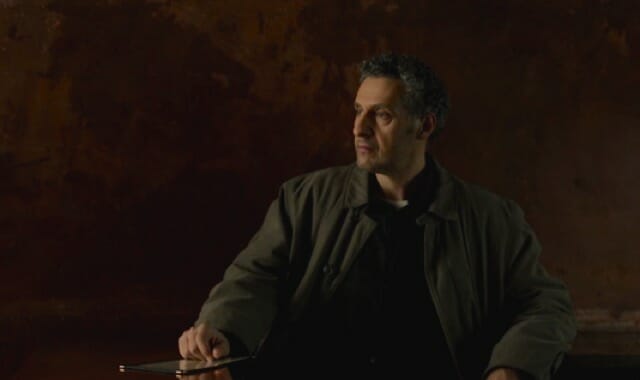HBO’s The Night Of: “The Season of the Witch” and Endless Seasons of Lifeless Black Bodies

And if [the black body’s] consciousness is not experienced by the Other as invisible, it is the repository for the offscum of racial relations—to black subjectivity is attributed the contents that white consciousness itself fears to contain or confront: bestial sexuality, uncleanliness, criminality, all purported ‘dark things’.—Charles Johnson, A Phenomenology of the Black Body
Two years ago yesterday, the body of 18-year-old Michael Brown lay uncovered and smoldering under the hot summer sun for nearly four hours. He had just been shot to death by Officer Darren Wilson, who would later go on to describe the teen to a grand jury as a “demon” with superhuman strength. “The only way I can [explain holding onto the 6’5, 290 lb Brown] is I felt like a 5-year-old holding onto Hulk Hogan,” said the 6’4, 210 lb officer.
Brown’s death would go on to add fuel to the burgeoning Movement for Black Lives and its fight against systematic anti-Black violence, a movement that has surely influenced how television engages with race today. The depth of conversations prompted by Black television characters and their storylines in the past year alone is arguably unprecedented (some previously noted standouts being HBO’s phenomenal The Leftovers and ABC’s American Crime).
-

-

-

-

-

-

-

-

-

-

-

-

-

-

-

-

-

-

-

-

-

-

-

-

-

-

-

-

-

-

-

-

-

-

-

-

-

-

-

-








































